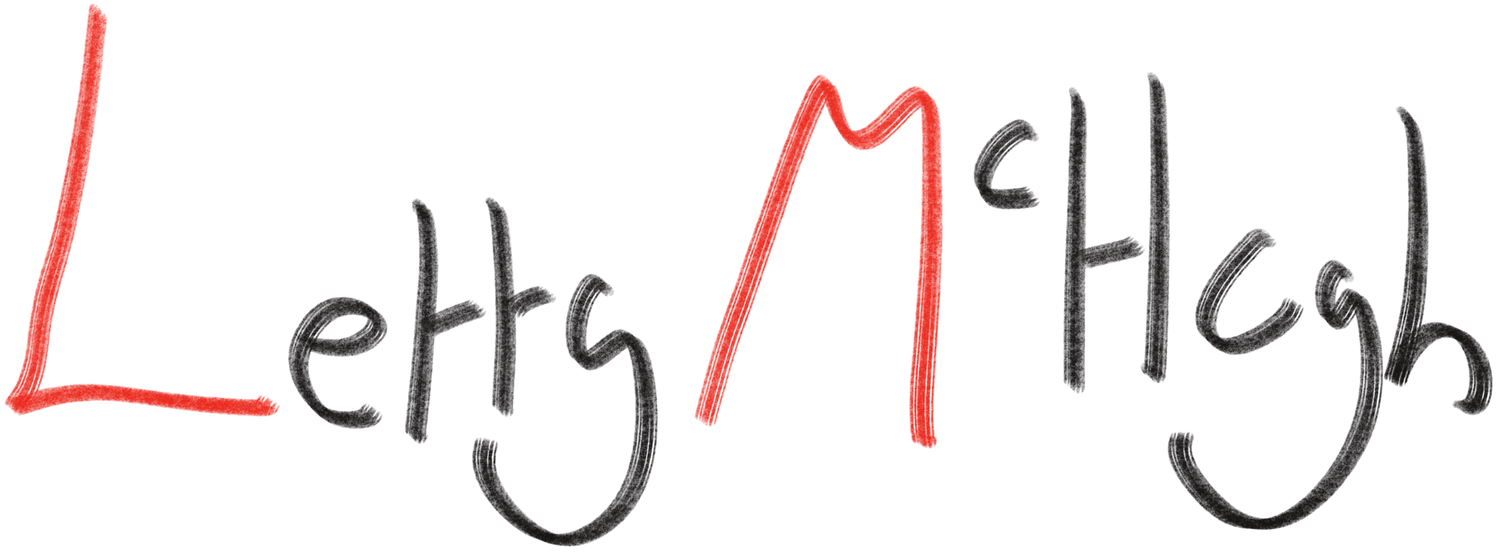
The Unkonwn Sewing Machine
Early summer 2021 I was walking home one evening when I saw a pile of stuff someone had clearly left out for the scrap man. In the middle of the pile was this beautiful old Hand-wound sewing machine. It broke my heart to see it abandoned in the gutter, so I brought it home.
The machine had obviously been living at the back of a garage or a garden shed for years. Everything that should’ve moved had seized up and everything that should stay still was worryingly easy to move. In the compartment along with shuttles and needles and pretty black and white buttons was layers of flies wings and mouse poo. It took hours to clean. I tried to save all the bits, every needle, every pin. While I was working I started to think about all the other sewing machines that I’ve known. There are important stories of sewing machines in my family history and I felt lucky to know them when I found some initials carved into the wooden base of the machine. E J Harvey.
I don’t know anything at all about E J Harvey. There’s this thing that historians do when they run out of documentary evidence for someone they are researching, where they sort of assume what is likely based on averages for the time. So, I assumed E J Harvey was a woman. I researched the machine and found out it was first sold in the late 1920’s. I couldn’t help but fill the gaps in her story with the stories of women from my own family, who were sewing at a similar time.
Both my Great-Grandmothers talked about how the acquisition of a sewing machine saved their respective mothers eyesight, think of all those hours, all those tiny perfect stitches by candlelight, after working in the mill all day. I think about my Great- Granny’s Mum who somehow miraculously acquired a sewing machine in the slums in Keighley in the 1910s. It was her proudest possession, if you looked in the window of their tiny mill workers cottage all you could see was the treadle sewing machine through a hand crochet lace curtain. She made everything, all the clothes, coats, socks and everything in between, for her and her husband and six children. She made rugs for the children to sit on because they could only afford 2 chairs, if she had any help it would be from her Mum, or her daughters, or her sewing machine.
In my own family there are three other stories about treasured sewing machines I could tell you. The details are different but the big picture is the same. Women keeping families warm and fed and alive by turning a hand crank or pushing a treadle. I don’t know if that was true for E J Harvey, but it feels likely.
We forget, I think, about what an impact the domestic sewing machine had on working class women’s lives. Domestic sewing machines were a miracle. A tabletop revolution, they changed everything. To me, leaving this machine in the gutter is like finding the Gutenberg press at the back of your garage and leaving it out for the scrap man.
If I had the resources I would create a retirement home for old sewing machines, a place for people to leave their unwanted machines with the caveat they also submitted a story. I can’t save them all, so I’ve just saved this one, and we can use it as a stand in for all the others. We’ll never know the story of this machine, or E J Harvey, but we can use it to remember and celebrate all those women who sewed us into the world.
As part of The Unknown Sewing Machine I’m inviting you to submit a story of any sewing woman you’d like to see remembered, these stories will be collated into a printed pamphlet to be displayed as part of this project in the future.
Your story can be modern or ancient, long or short, if you don’t feel like writing much you can just send in a name. Just make it about a woman who’s sewing craft you’d like to see remembered, and submit online here – or by posting a hand written message into the sewing basket in the gallery.
